After the release of 2019’s Code Vein, it might be easy to look at Scarlet Nexus and think it another anime-esque action RPG from Bandai Namco. And while that may be true on a surface level, the game seems to be charting its own path while travelling in the same genre—not just on a gameplay level, but also a thematic and narrative one too.
While the game has remained somewhat mysterious in those latter two areas, that changed last week when Bandai Namco gave me the chance to check out a 45-minute presentation for Scarlet Nexus. Hosted by three of the game’s core staff—producer Keita Iizuki, game director Kenji Anabuki, and art director Kouta Ochiai—the discussion dug into how the project originally got off the ground, some of the themes at the center of Scarlet Nexus, and how its unusual enemies came to be.
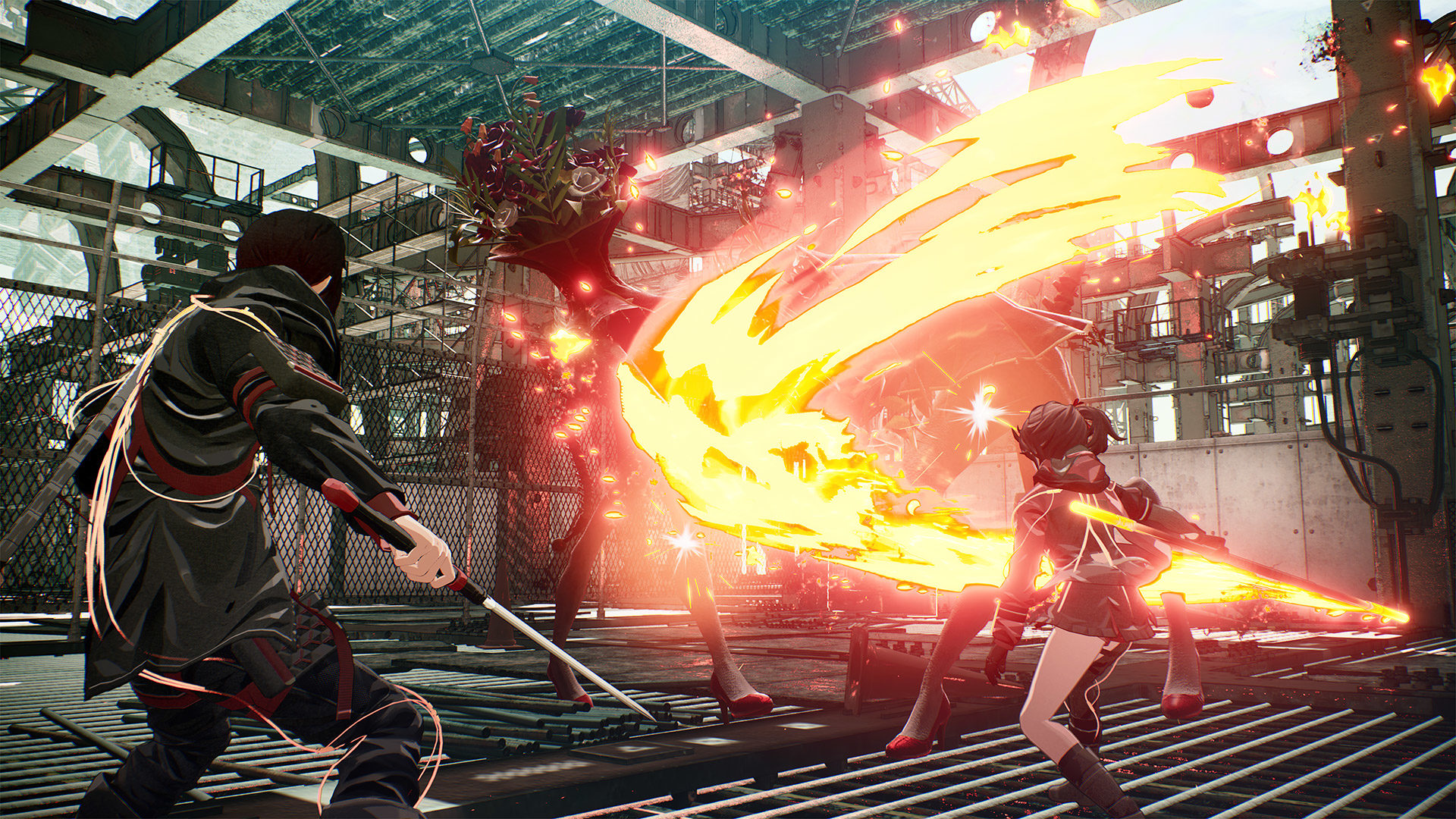
The Birth of the Nexus
The first ideas that would grow into Scarlet Nexus started five years ago. Anabuki had been involved in Bandai Namco’s Tales of series, and he and some of the other members of his team found themselves wanting to try something new. An idea was formed, prototypes built, and a year later, the results were taken to the higher ups at Bandai Namco Entertainment.
From the beginning, the plan was to make a new type of RPG, one built completely from the ground up. In fact, the team didn’t even have a precise theme for their new project yet beyond a simple word: freshness.
That search for a game that would be “innovative and fresh” led Anabuki and his team to two concepts. The first was “scarlet,” meaning “red,” and the second “nexus,” meaning “connection.” That idea of “red connections” morphed into a core design concept for the game, where average-looking main characters would be connected to one another with striking red lines—seemingly serving, in a way, as a nod to the belief in a “red thread of fate” in some Asian cultures.
In fact, Scarlet Nexus would very much progress along those lines. The game’s name also came to mean “red bonds” for the team, who wanted to show off the concept of the bonds between humans in different ways. One of those would serve as one of the main thematic elements to the game, as the player borrows power from their teammates through the red tubes that connect them together.
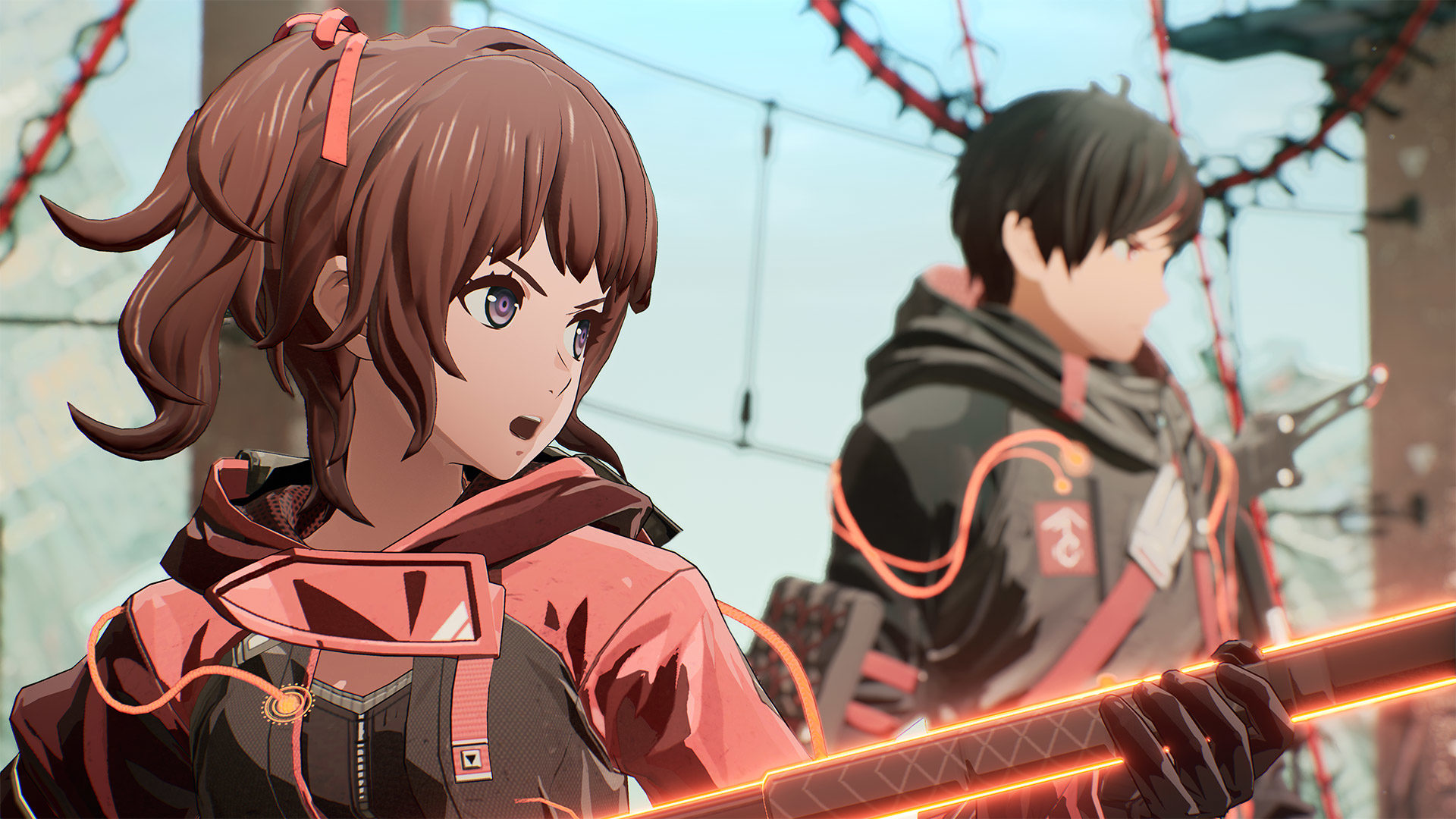
Brain Punk Action RPG
Another term the team came to be attached to is “Brain Punk action RPG.” But what, exactly, does that even mean?
The development staff wanted to derive a new form of “punk,” similar to steampunk or dieselpunk or other such subgenres, but which could also stand on its own. That led to the brain, which they figured was the center of all expressions.
Scarlet Nexus was then set in a more technologically advanced society, but one where a lot of that technology is centered around the brain. There, after discoveries that would allow people to unlock the deeper abilities lying dormant in their heads, normal humans could suddenly have special powers. With power then comes the “punk” part of Brain Punk, which the team saw to not only refer to rebelling against society, but also being an outcast from society that is now seen as a minority. Say, perhaps, someone who comes to have brain-powered superhuman abilities.
The setting for all of this is New Himuka, a country crafted to hint back to ‘90s Japan. That era was chosen, in part, due to the team’s desire to create a setting that would neither be completely foreign to the player, or an “unknown vision” of a future society and its technological advancements. Instead, the world of the game would be based on the knowledge of our own real world.
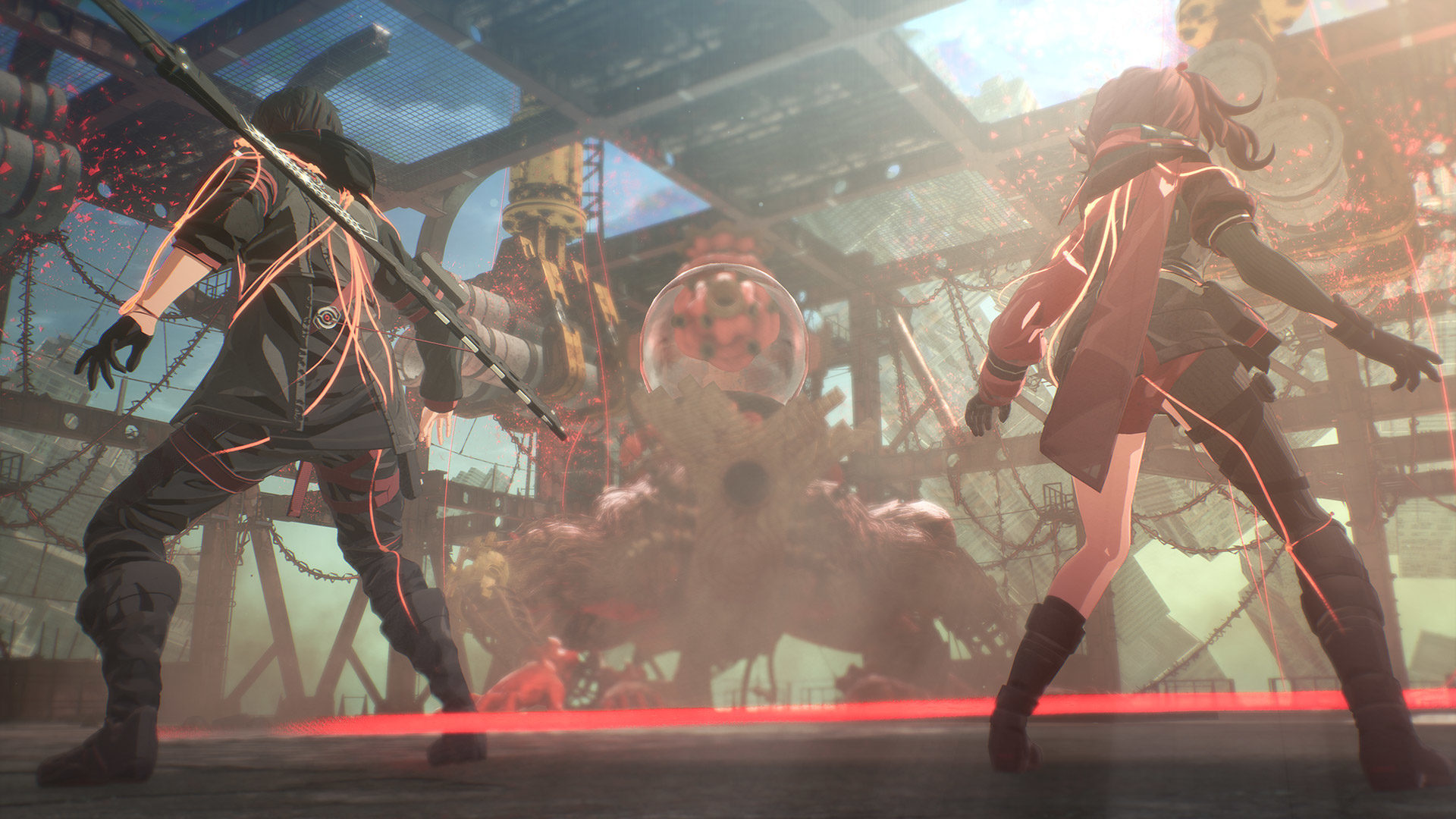
Of course, there are still ways in which New Himuka doesn’t resemble any place we know today—such as, you know, all of that “unlocking the power of the brain stuff.” Much like we use electricity in our daily lives, the people in Scarlet Nexus use the power of their brains. In fact, everyone’s minds are tied together via “Psynet,” a huge network of sorts that connects the citizens of New Himuka to everyday services.
And this is where another facet of that “Brain Punk” theme comes into play—as much like our own lives have forever been changed thanks to the internet, having everyone’s brains directly connected to one another leads to some unexpected (and potentially unwanted) results for mankind.
The OSF
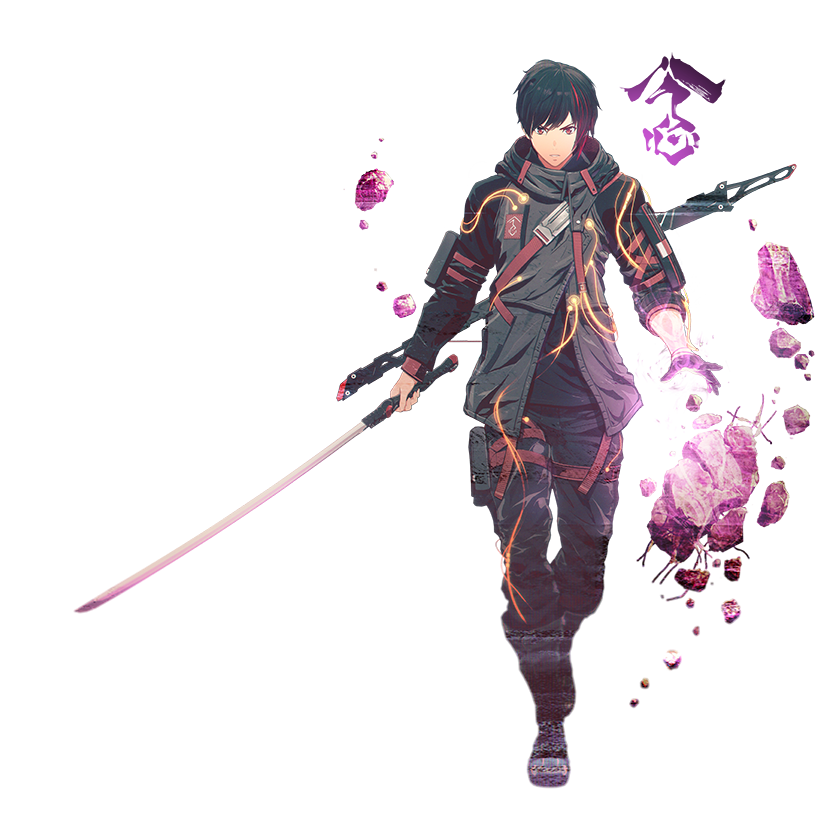
In the center of all this is Yuito Sumeragi, a young man who has just joined the OSF when Scarlet Nexus kicks off. Initially, Yuito isn’t the kind of person you’d expect to want to join a military force. 2,000 years ago, his descendant, Yakumo Sumeragi, was the one who founded New Himuka. Now, as a member of a very prestigious family, Yuito could easily kick back and live a life of leisure as a politician or bureaucrat.
However, he was forever changed when, as a child, he was attacked by the Others—a group of mysterious enemies that now continually threaten human existence. Yuito was saved by a member of the OSF, the Other Suppression Force, which convinced him that he, too, should fight to protect mankind.
However, things in the OSF aren’t quite what Yuito was expecting—to the point that he begins to question if the team is fighting for the right causes.
As he searches for those answers, Yuito—and, through him, the player—will team up with a variety of characters, some of whom will help him out on the battlefield. By himself, our hero is no slouch: he’s both an expert with a sword, and he can wield the power of psychokinesis to use objects from his environment as weapons, or to protect himself from harm. As mentioned before, Yuito’s teammates can also lend him their power thanks to the “red bonds” that connect them together.
However, that benefit in battle also starts to make Yuito question everything he knows. Is it really okay that, every waking moment, he and his squadmates are connected together via their brains? And, is using their powers as a tool the right thing to do?
Those bonds—some strong, some which start to seem slightly off—form the core Scarlet Nexus’ story.
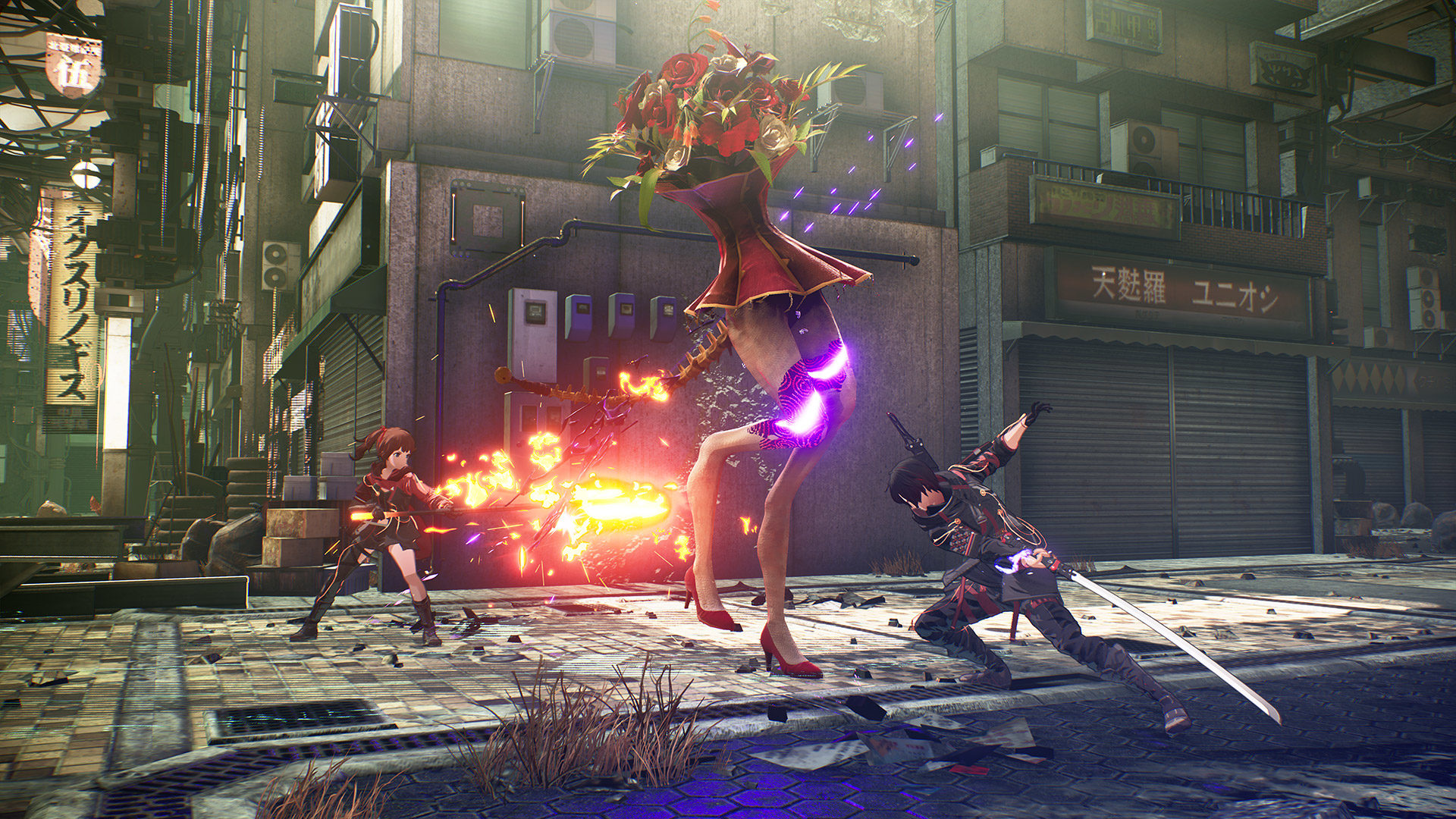
The Others
Even as Yuito begins to question the OSF, there still looms another major player in the story: the Others.
You’d think that bizarre creatures that fall from the sky to hunt for human brains simply on instinct would bring any society to a standstill, but even with the threat they pose, the citizens of New Himuka have learned to live with the Others. In fact, the team even mentioned that the Others could be looked at in the same way people in Japan look at earthquakes—as events to fear and prepare for, but which are also daily occurrences that don’t bring life to a standstill.
That’s thanks in part to the technology that humans have developed to not only fight off the Others, but also predict them. At this point in the game’s world, the arrival of Others can be predicted like we currently predict the weather. Under that system, not only can average people then evacuate from any areas where the Others will land, but the OSF can know exactly where to be to fight its foes. It also doesn’t hurt that the Others have been arriving for years and years now, so people have long found ways to deal and coexist with the monsters.
The Scarlet Nexus dev team seems especially proud of the Others, and for good reason. Their designs are a striking mixture of the ordinary and the outlandish, as organic body parts blend with inanimate objects in ways that birth creatures that never seem quite right.
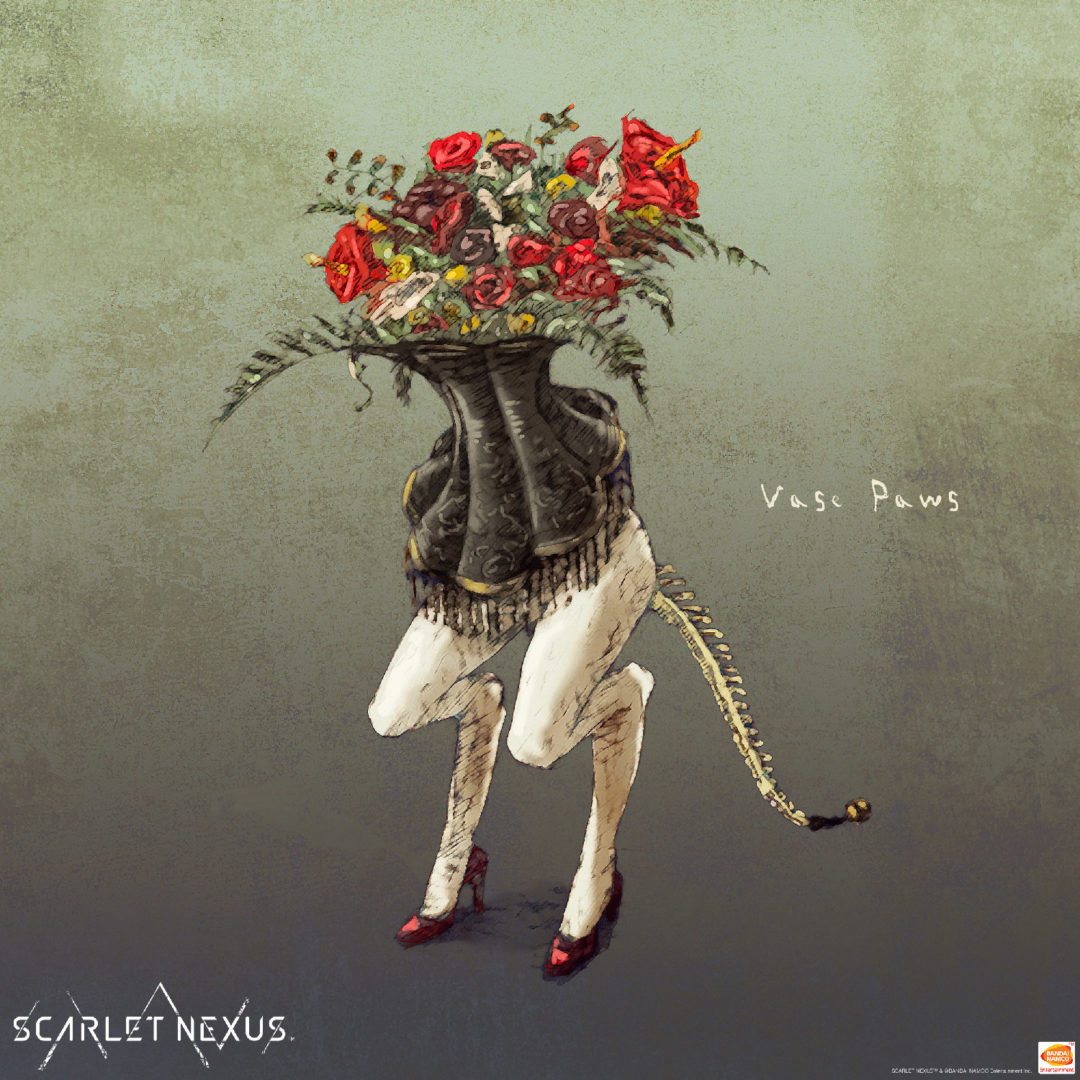
Those fantastical enemy designs come thanks to artist Masakazu Yamashiro, who—interestingly enough—had never worked on a video game before Scarlet Nexus. He came to the project thanks to Ochiai, who had found Yamashiro during the first phase of the project. At that point, the team still didn’t have the green light from Bandai Namco Entertainment to fully go forward with the game, so while Anabuki liked Yamashiro’s work, he told Ochiai that the artist’s potential contributions had to be put on hold.
Thankfully, once Scarlet Nexus got the go-ahead, Yamashiro was on board. Anabuki and the rest of the team were caught off guard by how good his enemy designs were, and his amalgamations of life and hardware helped reinforce the game’s theme of feeling familiar yet foreign.
In This Gen, and Next
Finally, Iizuka, Anabuki, and Ochiai briefly touched on what fans should expect from Scarlet Nexus’ tech. On current-gen consoles, the game will run at 30fps, and the team is aiming for “full HD” (aka 1080p) visuals. Meanwhile, on the PlayStation 5 and Xbox Series X, players will battle it out with the Others in 60fps, with the aim to also hit full 4K. Meanwhile, on PC, you’ll be getting 4K 60fps—so long as your machine has the recommended specs, of course.
While there’s still a lot to learn about Scarlet Nexus—including its release date—the game is shaping up to be an interesting new twist on the action RPG genre. And while there may be plenty of red all about, there aren’t any anime vampires in sight.

Mollie got her start in games media via the crazy world of gaming fanzines, and now works at EGM with the goal of covering all of the weird Japanese and niche releases that nobody else on staff cares about. She’s active in the gaming community on a personal level, and an outspoken voice on topics such as equality in gaming, consumer rights, and good UI. Check her out on Bluesky and Mastodon.